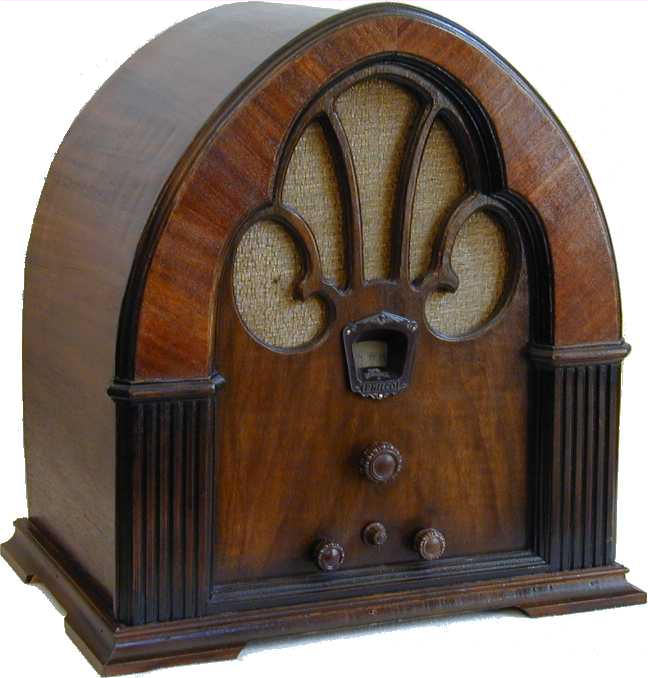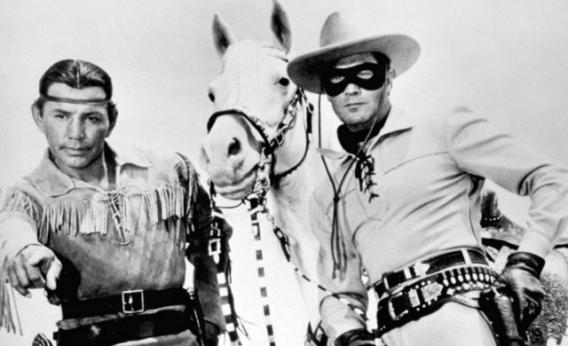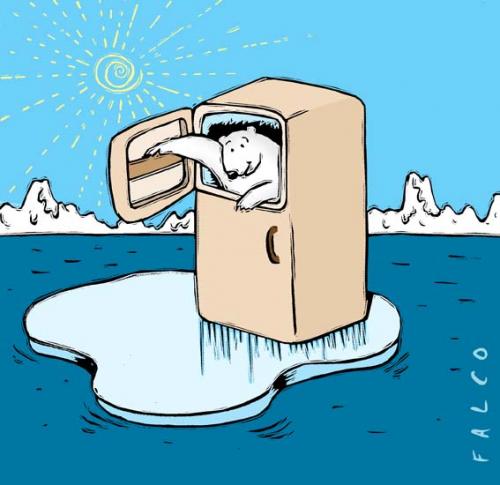
What do the Lone Ranger, the Green Hornet, and Sergeant Preston of the Yukon have in common? All three characters debuted in popular weekly radio shows, and all three were created — at the behest of George W. Trendle, who owned Detroit radio station WXYZ — by a college dropout!
What would you do if your boss asked you to create a radio adventure show set in the American wild west and featuring a masked hero similar to Zorro — only different? Oh yeah, and give the masked man an ethnic sidekick.
After your new show, The Lone Ranger, becomes a hit, he tells you to create another show exactly like it, featuring a similar masked character — with an ethnic sidekick — except you should make it different. What if your boss then demands you create a third adventure show, this time starring a dog, but not like Lassie? Your boss wants a rough and tumble working dog, not a pet.


If you’re Fran Striker, and your boss is signing your weekly paycheck, you simply nod, put on your thinking cap, start typing, and … well, you JUST DO IT! No excuses, no mulling it over, and no writer’s block allowed. After centuries of storytelling, the truth is, there are no original plots or new characters left in fiction, only variations of variations. Striker understood this. He knew that all that was left was to tell a good story, get it in on time and then quickly start another. You just do the work.
Does this sound like the attitude of a hack writer? We guess it all depends on how much work the writer invests into each new story, how effective the storytelling is, how successful the work turns out.
Fran Striker scripted 156 episodes of The Lone Ranger a year — for close to twenty years — in addition to writing 12 novels and hundreds of scripts for many other radio shows. He wrote for 14 hours a day, producing 60,000 words of fiction each day, and he wore out 4 typewriters in the process. Striker worked hard and conscientiously, his stories were immensely entertaining and popular, and his radio characters have become iconic, making the transition to other media such as TV, movies and comic books. A hack? Not in the least. Besides, there are far easier ways to make a living.
American writer Fran Striker was born in Buffalo, New York, on August 19, 1903. He quit college to get into local theatre. A year later he got a job as a radio announcer, and eventually became station manager. Partly from opportunity, but mostly out of necessity, he started writing for the medium. Writing for radio in the 1930s was a demanding occupation, but Striker had a formula that guaranteed he’d never run out of stories. Want to know it?
Striker composed several lists: all the various personality types; a list of problems, challenges and obstacles to life (physical, financial, social, occupational, etc.); as well as a list of character strengths; and an extremely long list of character flaws and weaknesses. Striker would pick one or two items from each of his lists, tie them together and then write the resultant story. His methodology never failed him, and because mixing and matching items from his lists provided him with hundreds of plot variations, his creative well never ran dry. Striker knew all he had to do was pound the typewriter keys — to just do the work. And he did.
“It has all been done before. Nothing under the sun is truly new.” (Ecclesiastes 1:9 NLT)
“My tongue is the pen of a speedy writer.” (Psalm 45:1 Young’s Literal Translation)



 We need to open our hearts to God — wide open — and allow the Holy Spirit and the Word of God to defrost our attitudes and our relationships. David’s continual prayer was “Create a clean heart in me, O God, and renew a faithful spirit within me.” (Psalm 51:10 GOD’S WORD)
We need to open our hearts to God — wide open — and allow the Holy Spirit and the Word of God to defrost our attitudes and our relationships. David’s continual prayer was “Create a clean heart in me, O God, and renew a faithful spirit within me.” (Psalm 51:10 GOD’S WORD)